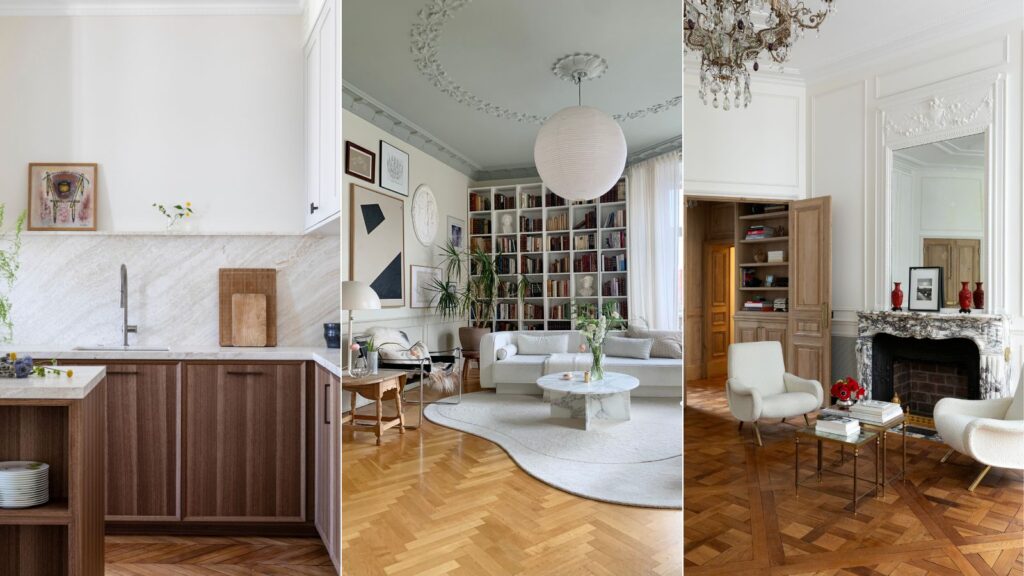European home design has long been admired for its elegance, functionality, and timeless appeal. Over the years, a fascinating trend has emerged that blends two seemingly contrasting styles: the clean lines of minimalism and the rich textures of heritage design. This evolution reflects a growing desire among homeowners to embrace modern simplicity without losing the cultural warmth embedded in Europe’s architectural history.
Minimalism, rooted in simplicity and functionality, became a defining element of contemporary European interiors in the late 20th century. Characterized by neutral color palettes, uncluttered spaces, and an emphasis on light, it offers a sense of calm in an increasingly busy world. However, while minimalism promotes clarity, it can sometimes feel impersonal a challenge that many European designers sought to overcome.
The solution has been to reintroduce heritage elements, creating a hybrid style that celebrates the past while embracing the future. This approach often incorporates traditional materials such as exposed wooden beams, stone flooring, or vintage ceramics into otherwise modern settings. For example, a sleek, minimalist kitchen might feature handcrafted oak cabinetry or a rustic farmhouse table, striking a balance between sophistication and authenticity.
Color schemes also reflect this union. While minimalist interiors favor whites, grays, and muted tones, heritage influence brings in warm, earthy shades and natural textures. The result is an inviting environment that feels both contemporary and grounded in tradition. Accessories, too, play a key role think antique mirrors, artisanal pottery, or vintage textiles that add character without overwhelming the space.
Sustainability further strengthens this design evolution. Many homeowners are repurposing old furniture, restoring historical features, and sourcing eco-friendly materials to create homes that are not only stylish but environmentally conscious. This practice aligns with Europe’s growing commitment to sustainability and cultural preservation.
The blend of minimalism and heritage is more than just a design trend it’s a philosophy of living. It acknowledges the fast-paced demands of modern life while honoring the craftsmanship and stories of the past. In doing so, it creates homes that are functional, beautiful, and deeply personal.
As European design continues to influence global interiors, this harmonious combination is likely to remain a favorite, proving that the old and the new can coexist beautifully when brought together with intention and care.

